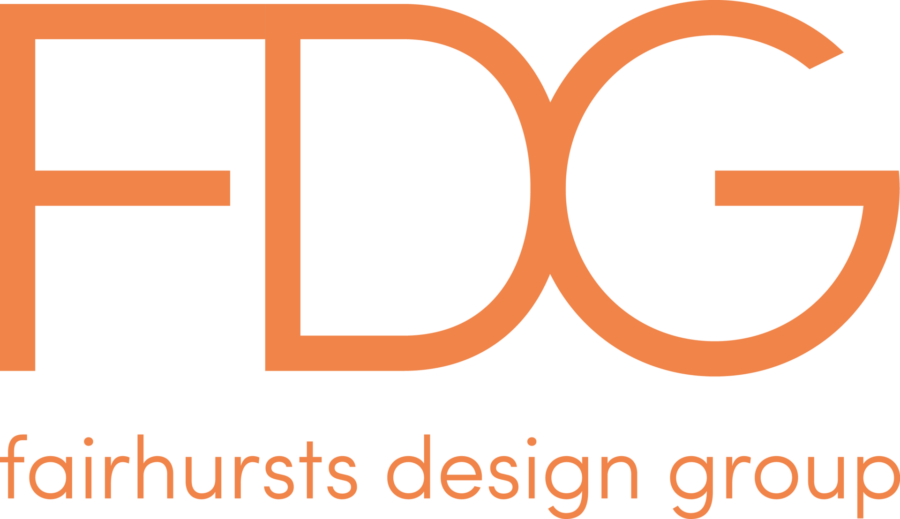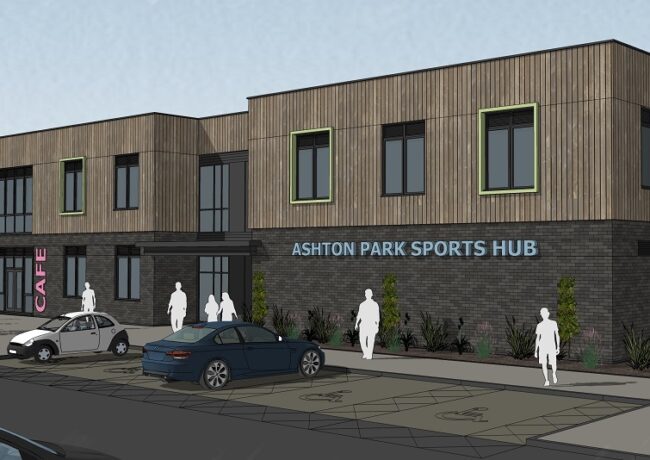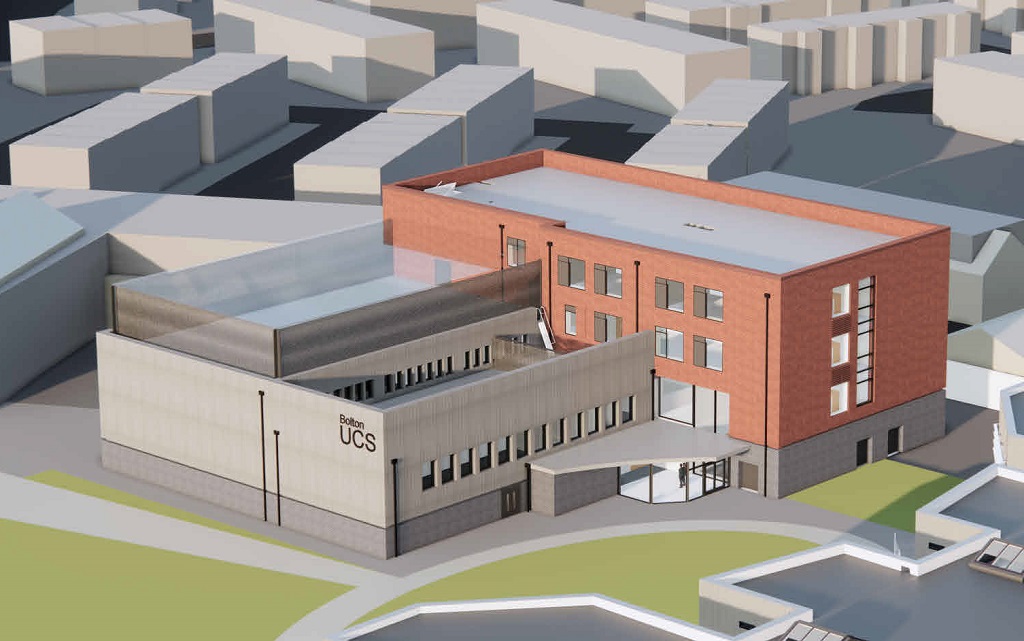Commentary
Construction lags when it comes to innovation. Why?
The industry is failing to evolve fast enough to deal with current world conditions such as skills shortages, inflation, and lack of infrastructure, writes Mark Adey of Fairhursts Design Group.
Bell Labs – arguably one of the most influential technology companies in the last 150 years and credited for pioneering the transistor and the first communications satellite – has suggested that true innovation is not considered innovation unless there is a viable market or practical application for it.
In other words, for an idea or invention to be considered innovative, it must have the potential to address a real-world need or find acceptance in the marketplace.
When we consider innovation in the construction industry, it can be argued that it lags behind many other sectors. As an industry worth over £100bn to the UK economy, less than 1% of revenue is reinvested in R&D according to McKinsey, while automotive and aerospace invest 3.5% and 4.5% respectively.
The reason for this is simple: innovation takes time to develop, it costs more to put into practice, and parties must be willing to accept increased risk. With ever tighter budgets and programmes, the opportunity to innovate is small and slow to happen.
So how can we foster a more innovative environment?
Firstly, we suspect there are no more ‘wonder materials’ and the combination of risk avoidance and litigious cultures means it’s becoming harder to introduce a new material into the construction industry. Even traditional technologies and approaches are being questioned, for example the use of RAAC in education settings and the use of timber in commercial buildings. However, innovation could come through the development of new products and systems to better the construction process.
Innovation across design for manufacturing and assembly will provide much-needed new thinking, and using a variety of standard units that can be fitted together provides a much more reliable solution in many situations. Benefits include lean manufacturing, consistent quality, recycling and reusing. But the challenge is for designers to be able to adopt these systems early in the design process and create unique solutions from a kit of parts. Note the challenges around procurement.
Our buildings are going to become smarter, linking live data and behaviour prediction to inform how we run and operate them. This will lead to optimised building design and more efficient operations as well as simply better environments for us all. Here, I think the lesson is that we really need to be collaborating with coders to develop the next innovation, rather than trying to find a use for their latest idea. We need to be at the forefront, driving the concept creation and for that to happen we need a far more diverse mix of expertise in our companies than ever before.
Design, analysis, and optimisation throughout the construction process will continue to evolve and become commonplace. Concepts will become more analytical and a feedback loop from the actual building will provide data upon which further optimisation and operational improvements can be made. As architects, we will have to get better at analysing and utilising the increasing amount of data available to us, but the benefit will be far more efficient buildings, operated specifically to suit the occupier.
How do we encourage these innovations?
Research and development
Allocate resources to research and development within your own company. Experiment with emerging materials, construction techniques, and technologies to find ways to enhance efficiency and sustainability. Perhaps one way to free up money to invest would be to change the way projects are procured. The industry consumes huge amounts of resources through procurement – there must be a better way?
Advocate for regulation changes
Work alongside industry associations to advocate for regulatory reforms that support innovation. Streamlined processes and updated building regulation can facilitate the adoption of new practices. Regulations need to be as simple as possible and the industry and manufacturers need to coordinate so that standards, testing, and warranties are easily understood and cross referenced to the regulation.
Pilot projects
Propose and undertake pilot projects to demonstrate the feasibility and benefits of innovative approaches. These successes can serve as case studies to convince sceptics and encourage wider adoption. How these projects are insured could perhaps also free up innovation – projects that are seen as prototypes or experimental need to be developed in a safe insurance space otherwise they are seen as too risky by clients, designers, and contractors alike.
Taking the time to understand true innovation, where the opportunities lie, and how to harness them is half the battle, the other is to find ways around some of the limitations put on our industry through regulation, investment, and the skills gap. We need to be more proactive, more brave, and more committed to driving innovation.
Where does AI fit in?
Artificial intelligence is now poised to leave its mark on almost every aspect of our lives. In fact, you could argue that it is the only important innovation for the next generation, and particularly so for some building typologies. AI’s capacity to continuously fine-tune designs against specific parameters multiple times per second, or to evolve architectural schemes by fitting them into a predetermined set of building blocks, is set to redefine our approach to construction. It will undoubtedly assist us in achieving more efficient designs, thereby contributing exceptional material efficiency and thus sustainability.
However, it is important to acknowledge that architecture transcends mere functionality. It encompasses the creation of a cultural and emotional response, invoking feelings of joy and surprise. AI can catalyse efficiency, allowing humans to channel their creativity and emotional intelligence to craft designs that evoke profound emotional and cultural resonance. The future of architecture may be a dynamic partnership between AI’s precision and human ingenuity’s capacity for evoking profound emotion, only time will tell.
- Mark Adey is managing director at Fairhusts Design Group
- Join FDG tomorrow on Thursday 21 September at Place North West’s Innovation in Property conference in Manchester






Why? High risk, low margins, fragmented supply chain, adversarial, low barriers to entry. Compare us to lower risk, high margin sectors, aeronautical, automotive, defence. These industries embrace technology, training and R&D. Race to the bottom has huge impacts long term.
By Anonymous
There has in recent years been huge investment made around the UK in volumetric modular, probably one of the more exciting and useful innovations in construction. And there have been many spectacular closures and failures because the factories were unable to maintain the volume of work to make them viable. The innovation is being stifled by an exceedingly adversarial market and by clients and contractors that consider cheapest price more important than supporting innovation.
By Anonymous